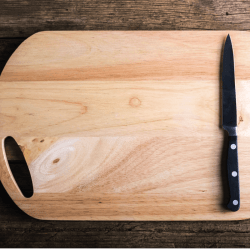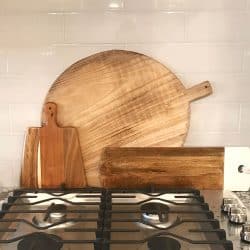When it comes to kitchen tools, there are a lot of unrecognized heroes. These tools do one or more jobs very well and hardly get the recognition they deserve! A great example of this is cutting boards. They're needed to protect your kitchen surfaces and allow your meal prepping to go as smoothly as possible. However, you may be wondering just how many cutting boards do you need in your kitchen? We have dove deep into this subject for you to make the best decision for your cutting needs!
Most agree that you should have at least two cutting boards in your kitchen to prevent cross-contamination. You may want more, depending on your cooking and prepping needs. Different materials and sizes of cutting boards may also be preferable for you based on your kitchen size and the amount you use a cutting board.
The most important goal in any kitchen is to stay safe. At least, aside from making delicious meals! There are a ton of ways that your kitchen and the tools within it could accidentally harm you. This fact is no different for cutting boards. The danger may not be as evident as with sharp knives or a hot stove, but it exists regardless. It's important to know that you should have at least two cutting boards, but it's even more important to know why! Make sure you keep reading below for an in-depth look at this issue!
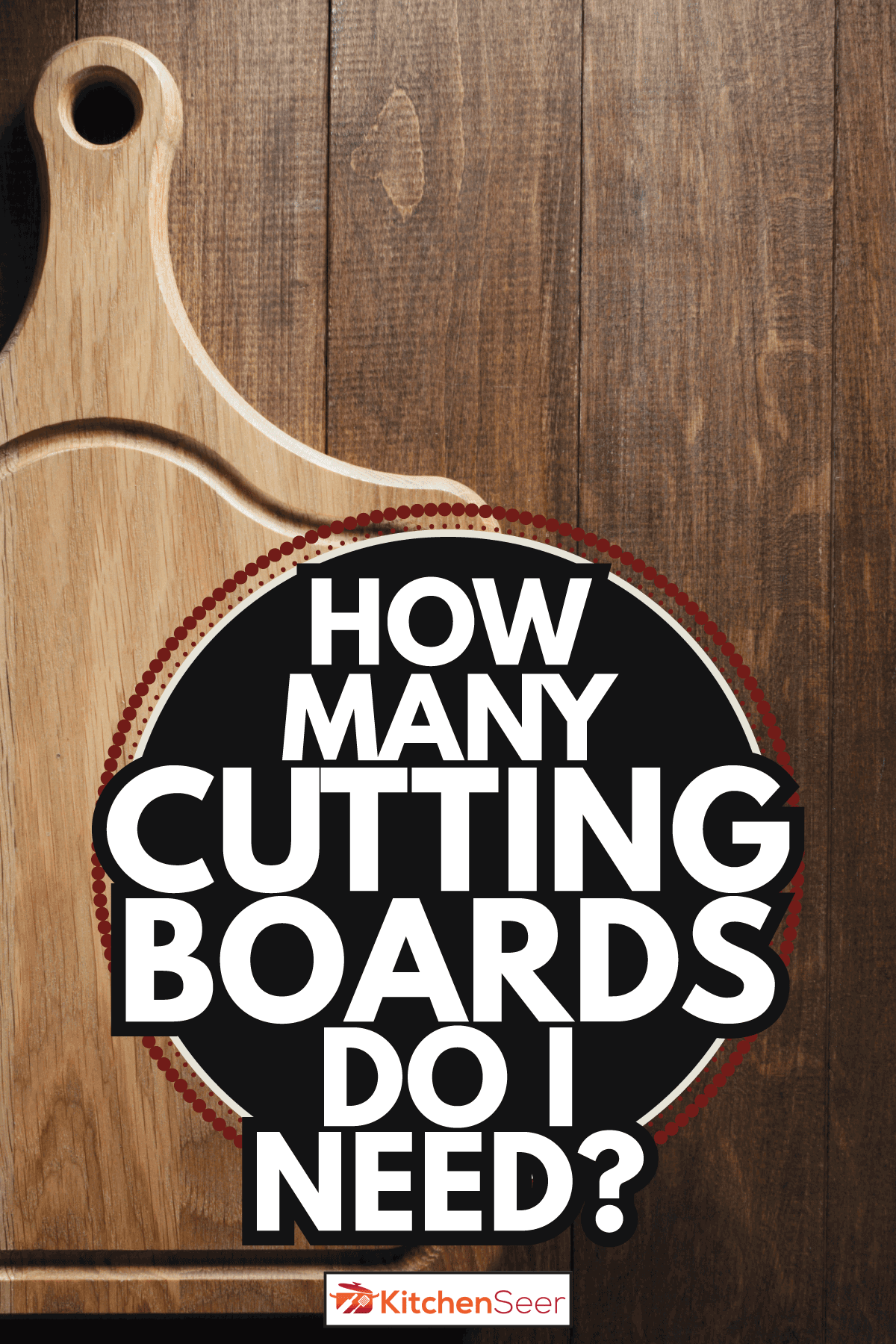
Why You Need At Least Two Cutting Boards
The main reason that you want at least two cutting boards in your kitchen is to prevent cross-contamination. This refers to making sure that no traces of any possibly harmful food products find their way onto surfaces where they can do damage or be unpleasant. Aside from that, you may also find that you prefer more than two cutting boards. You might also want them to be of different sizes and materials. There are advantages to these considerations.
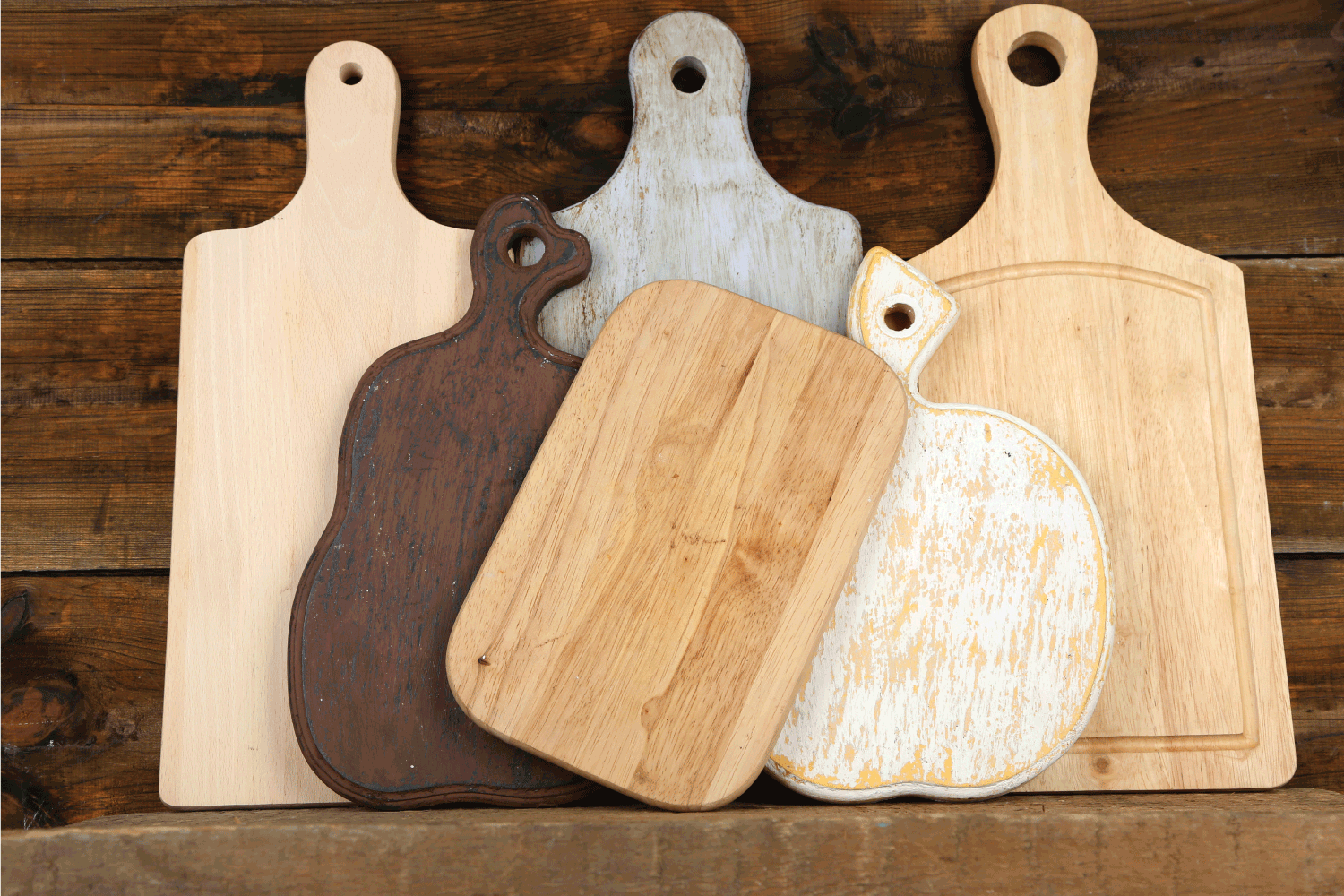
Why Is Preventing Cross-Contamination Important?
It's important for two different reasons: safety and preference. An example of preference is not wanting to accidentally get any of the juices from the hot pepper you just chopped onto the fruit that you're preparing at the same time. You don't want to get any traces of raw chicken or other meat in that fruit for safety, either. Ingesting raw meat can be harmful due to things like salmonella. This salmonella article from the CDC shows the dangers in more detail.
Safety is why it is recommended that you have at least two cutting boards: one cutting board for meat and the other for everything else. This way, you know that you are keeping any traces of the meat in its own area, and the dangers of cross-contamination are better prevented.
Cutting boards easily get grooves and cuts carved into them from use where food particles get stuck. That's why this is more important than you may think at first.
Do You Need More Than Two Cutting Boards?
This choice is purely about preference. However, that doesn't mean that it isn't important for your kitchen wants and needs. It's important to have at least one cutting board for meat and another for everything else. That doesn't mean that you can't also have separate cutting boards for fruits and veggies.
Maybe you want one for your fruits and veggies, one for meat, and one for cheeses and bread. You can even get different colored ones for ease and looks!
Is It Important To Consider The Material Of The Cutting Board?
Most would say that the material of your board is an important consideration. There are several different materials for cutting boards, and each has its own advantages and disadvantages. Many different cutting boards can be found; these are just some of the main ones. For more cutting board choices, check out 19 Types Of Cutting Boards To Know!
Wood
Wooden cutting boards are the most popular. They can be very appealing to the eye as well as gentle on your knives. While wood boards will get cuts and grooves into them, eventually, they don't get damaged as quickly as some other materials. They even help keep your kitchen knives in good shape! One of the biggest drawbacks with wood boards is that they need to be hand washed and oiled to be as effective as possible.
Click here to check out wood cutting boards on Amazon!
Plastic
Plastic boards are inexpensive and very easy to clean. You can boil them, bleach them, and toss them in the dishwasher easily. They come in a variety of colors that makes separating the boards for their uses very simple. The biggest drawback for plastic cutting boards is that they get cuts and grooves much quicker than wood. Even with the ease of cleaning, particles can hide easily in these deep marks. At that point, you should replace your plastic board.
Take a look at plastic cutting boards on Amazon!
Glass And Marble
These materials are less popular than the other two but can still be found in many stores. They are made more for their displaying power than their cutting board abilities. These boards look fantastic on a counter or hung on display.
However, when it comes to actual use, they can be very hard on knives. The hard materials damage and dull knives quickly. They may not get the cuts and marks that other materials do, but your expensive knives pay the price. Glass and marble boards are more suited for serving than cutting.
Click here to shop for glass cutting boards on Amazon!
To shop for marble cutting boards on Amazon, click here!
What Size Of Cutting Boards Do You Need?
Depending on how much you use your cutting board and your storage space available, you may want a few different sizes of them. If you use one every day, you will want a larger cutting board, so you have plenty of space to cut your ingredients. You will also likely want a medium to a small-sized cutting board for smaller jobs. Larger boards around 10 inches by 17 inches are your best bet for all-around use.
More Cutting Board Questions
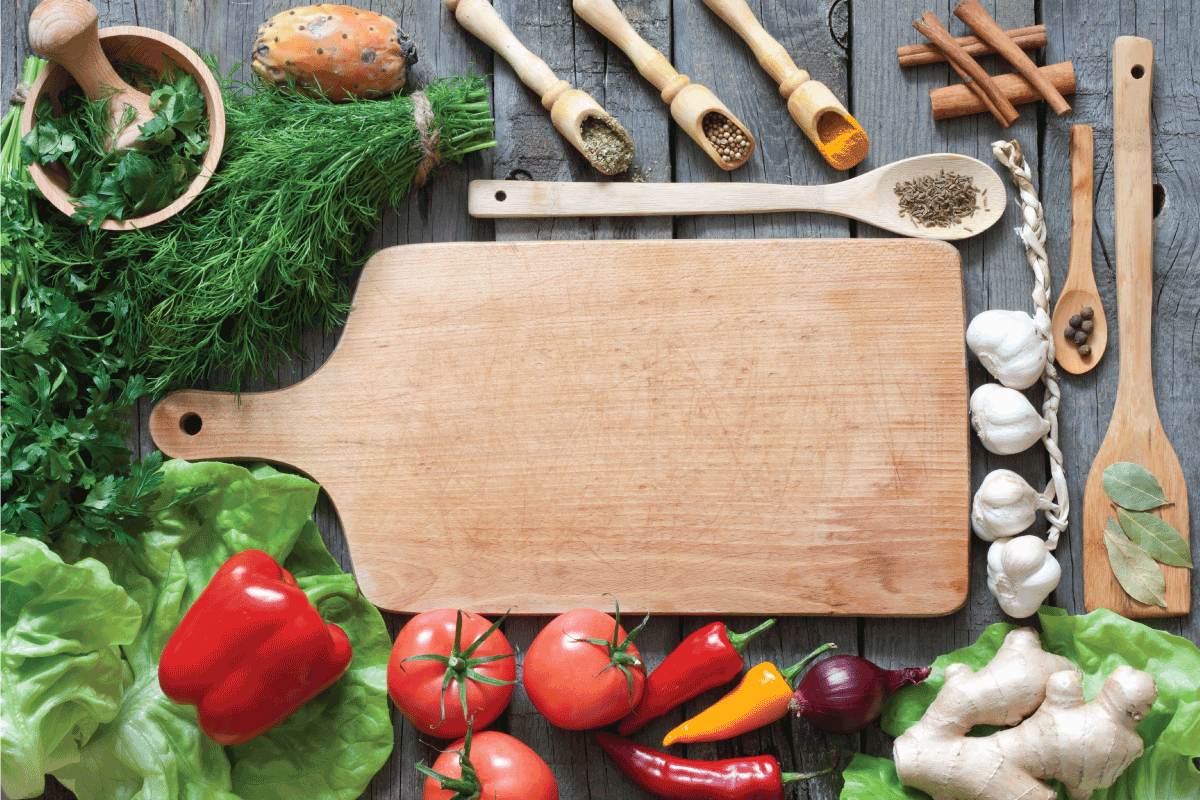
It's essential to know everything surrounding a new kitchen tool. Safety is a huge factor, and having the most control possible over how your food is prepared.
How Many Cutting Boards Should Every Kitchen Have?
While you need at least two, you may find that having more may be very useful. You may want three or more of varying sizes. You shouldn't have to use a large cutting board for a small job and then have to worry about washing it. It may also be a preference to have different materials for differing purposes. Types of cutting boards vary in their ease of cleaning, so having different ones to choose from can help with that.
Why Is It Important To Use Different Cutting Boards?
The most important reason is cross-contamination, as mentioned above. However, even aside from meat, there are other safety reasons not to want cross-contamination. Allergies are a very serious consideration as well. If someone in your home has an allergy, you can't cut anything that might affect them on a board touched by food that they will eat.
What Type Of Cutting Board Is Best For Meat And Vegetables?
This depends on what you're most worried about. If your biggest concern is keeping the board that you use for meat clean, then plastic is probably the best bet. Wood boards are a good idea for vegetables simply because they last longer and are better on expensive knives.
You don't have to worry about vegetables or fruit being stuck in a board as much as meat because it's not as harmful usually. However, you can use either type based on preference as long as they're cleaned properly.
What Is The Healthiest Cutting Board To Use?
Based on the ability to clean and sanitize, most people choose plastic cutting boards as the healthiest. You can toss them in the dishwasher or even bleach them if you want them cleaned. They do tend to get deeper grooves worked into them faster than wood, however. At that point, you should replace them instead of going to extreme measures to clean them.
Final Thoughts
While you need at least two cutting boards, you may want others for a variety of different reasons. These reasons include materials, size, safety, and preference. You need two separate boards to use, one board for meat and another for everything else. Based on allergies or another reason, you may also want more than two to prevent cross-contamination. Whether you choose just two, or several, there are cutting boards to meet your needs!
How Big Is A Cutting Board? [Sizes Explored and Their Uses]
Can You Cut Meat On A Wood Cutting Board? [Raw And Cooked]
How Long Does A Cutting Board Last?





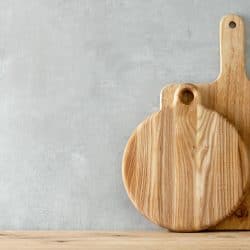
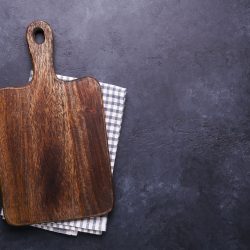

![Raw meat assortment - beef, lamb, chicken on a wooden board, Can You Cut Meat On A Wood Cutting Board? [Raw And Cooked]](https://kitchenseer.com/wp-content/uploads/2021/06/Raw-meat-assortment-beef-lamb-chicken-on-a-wooden-board-250x250.jpg)
